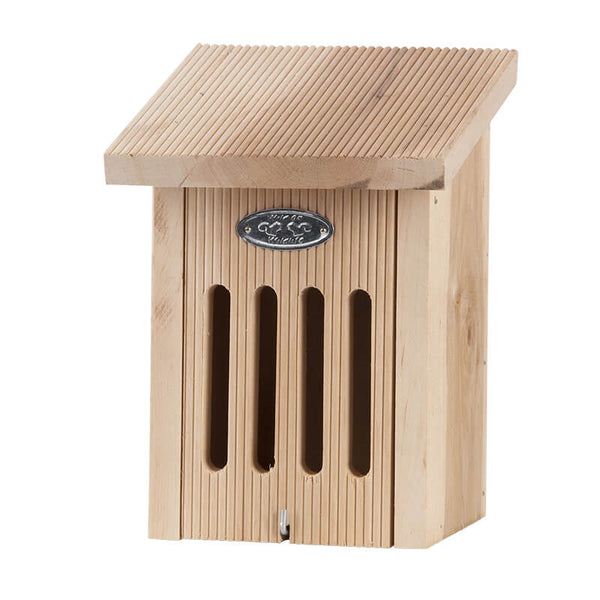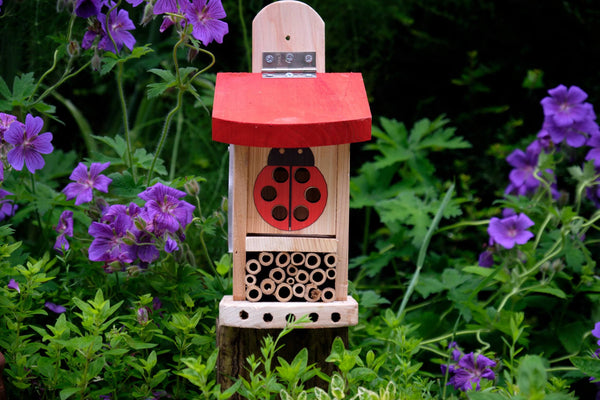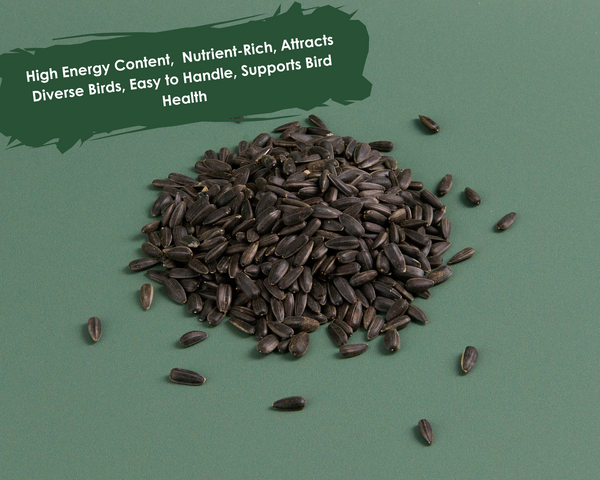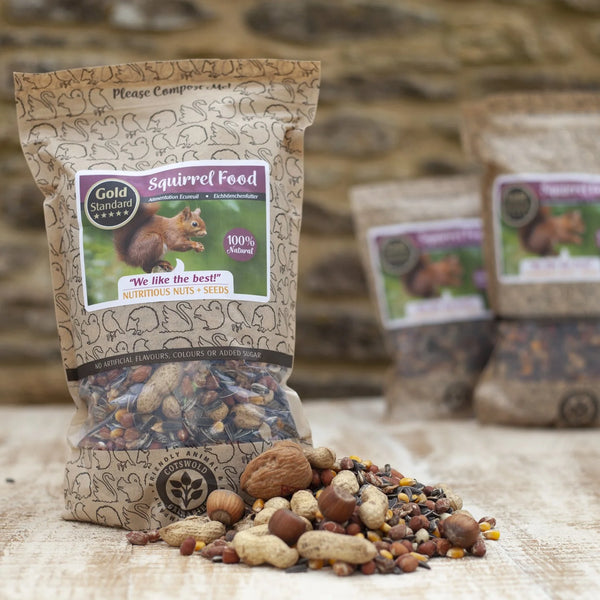Endangered Animals in the UK
The UK is a wonderfully diverse country, packed to the rafters with suites of different animals that have long been native to these islands. Over time, however, there have been a number of conditions that may have impacted these animals' ability to breed in the long term, or otherwise reduced numbers.
In this article, we're going to talk about some key concepts to be aware of when talking about endangered animals in the UK, and then we're going to run through a number of different animals. From the well-known endangered species like the red squirrel to the less well-known rarest bat species, they all deserve our respect.
Endangered Species
Since the industrial revolution, Britain has lost almost half of its total biodiversity. This is quite the shocking statistic, but it does make sense to some degree - looking around us, most people could count on one hand the number of different native species that they see - perhaps only some birds in their gardens.
Native species are species that have been particularly affected by this - they're species in the UK that are hanging by a thread, having particularly few individuals left in the world. For some of these species, it can be hard to actually nail down the exact number left in the wild.
For all the endangered species on this list, we're going to give you a bit of an idea about where you can identify and locate these species - they all deserve to be found and adored.
Native Species
We're going to be using the term 'native species' quite a lot during the course of this article, both to describe animals in a general sense, and to describe some critically endangered species.
A native species is an animal species that is entirely native and indigenous to the land that it lives on. This means that its evolution is entirely native to the land, too - it is wholly from the land upon which it currently lives.
A non-native species, therefore, is a species that has been bought to a certain area by human intervention at some point in the past, which can lead to a negative interaction between invasive species and native.
A classic example of this imbalance is the difference between the red squirrel and the grey squirrels. These rodents are, functionally, the same animal - the red squirrel is native to the UK, with the grey squirrel is native to the continental US. The grey squirrel is a destructive invasive species, which has resulted in the red squirrels of the UK losing a lot of individuals over time.
Habitat Loss
Habitat loss is the main reason that species are dwindling in the UK. This may sound a little odd, but on an evolutionary timescale, the habitat of dozens of species has completely overturned in the blink of an eye.
Since the industrial revolution, pollution throughout the world has spiraled out of control, and the size of cities has grown enormously. Both of these factors have had negative impacts on the quality and size of available space for wildlife in the world - this habitat loss has been dangerous for a number of endangered species.
Water species in the UK
A simple example of habitat loss for endangered species can be seen in the waters around the UK. As climate change has taken place, water has warmed, and fishing has increased following the industrial revolution. To sum up, therefore, the impact is a decrease in the population of several water-based species. From dolphins to salmon, UK populations have been declining.
Cicada
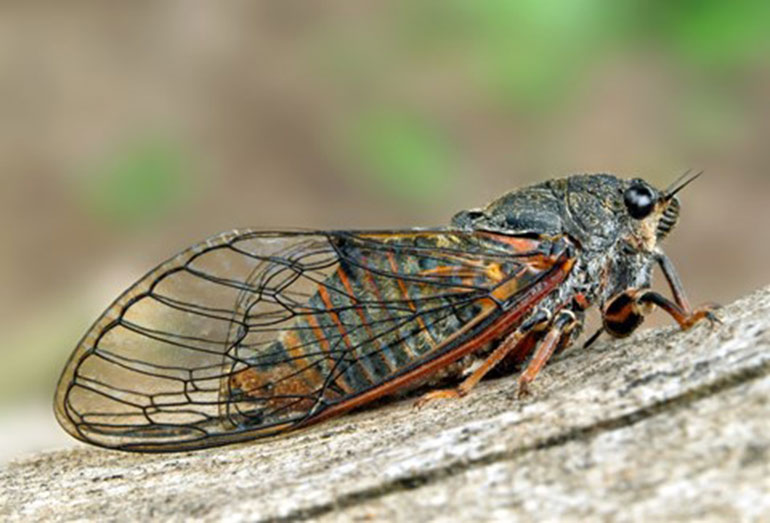
The cicada is a very common insect throughout all of Europe, though they're really struggling to hang on by a thread in Britain. Their actual population can only be found, nowadays, in some small areas within the New Forest. Frighteningly, there have been no recorded sightings of the bug since the Millennium.
Since there have been no recorded sightings in so long, some people believe that the bug has already become extinct. While this could be possible, scientists are a little skeptical about that - the species had similar drops in the 40s and 60s, from which it was able to bounce back somewhat.
An interesting tidbit about the cicada is that the high-pitched song is so high-pitched that it can only be heard by those under forty!
Turtle Dove
The turtle dove is a wonderful creature - one that has long been associated with the British summer. However, their numbers have been declining. Since 1970, their numbers have declined by 97%! It is on the global red list for endangered species.
This bird is smaller than its cousin, the collared dove, which is a feature making it a little less robust. The main feature that is to blame for the turtle dove's declining numbers is the loss of feeding habitats. In Southern and Eastern England, some farmers are working with the RSPB to increase the number of suitable feeding habitats, helping these sweet birds.
Another impacting factor for the numbers of these birds is the hunting that occurs in Southern Europe. Thousands of turtle doves are shot each year, bringing the population numbers down over time.
Cosnard's Net-winged Beetle

This specific beetle is found in barely any different regions of the UK - only in the Forest of Dean, the Wye Gorge area, and on the South Downs. The reason it can only be found in these few spots is that these are some of the only spots where it will be able to find suitable habitats.
Cosnard's Net-winged beetle likes to spend its time in large, old beech trees. These trees have become fewer and farther between over time, leading to habitat destruction for these creatures.
This beetle is endemic to a larger problem - around fifteen percent of soldier beetle species are endangered. Cosnard's net-winged beetle is one of these species.
Wart-biter cricket

This particular cricket has a very odd name, thanks to a very old tradition. It was used, in traditional, simple medicine that made use of whatever was to hand, to bite warts off from the skin, leading to wound healing over time. Thankfully, they're no longer used for this practice.
These crickets can only be found in a handful of locations in the UK - spread among Sussex, Dorset, and Wiltshire. An additional population has been re-introduced to Kent, where their development is being closely followed.
The wart-biter is at exceptionally high risk of extinction since both its habitat and prey are diminishing. It typically lives on heathland and chalk and eats several small plants such as nettles and small grasses. They also eat other insects, though this is rare.
V-moth

The v-moth can be seen throughout the UK, though its current numbers are low compared to historical records - less than one percent of its levels in the 1960s!
The v-moth eats in an interesting way since it tracks down currant crops throughout the UK and uses them to find caterpillars, which are what they eat a lot of.
It's thought that since modern gardeners are growing fewer currant crops, there are fewer currant-eating caterpillars to go around. In turn, there are fewer caterpillar-eating v-moths out there.
As a final note, the v-moth enjoys living on and near tended land, such as parks and gardens. Though their number is rare, you may see v-moths in your garden looking for caterpillars. The moths are quite large and pale grey in color, with small black-brown flecks on their wings.
Bearded False Darkling Beetle
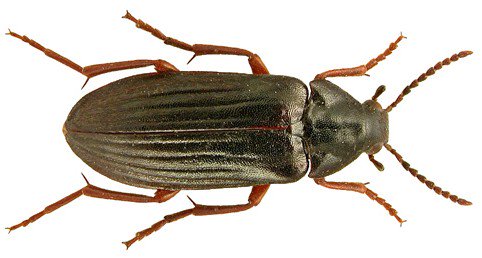
This is quite an eye-catching creature, with a bottle-green body and small orange legs and antennae. One of the more critically endangered animals on this list, the species decline has been generally due to deforestation in areas where homes are being built.
This beetle is only found in five areas, all of them within south-east Britain. One of these locations is the New Forest, which has an awful lot of oak trees and deadwood, both of which are ideal habitats for this beetle.
Rural development throughout the UK has removed the habitat of this beetle, leading to it having fewer places to live - this has meant that it is at quite a severe risk of extinction in the British isles.
Natterjack Toad
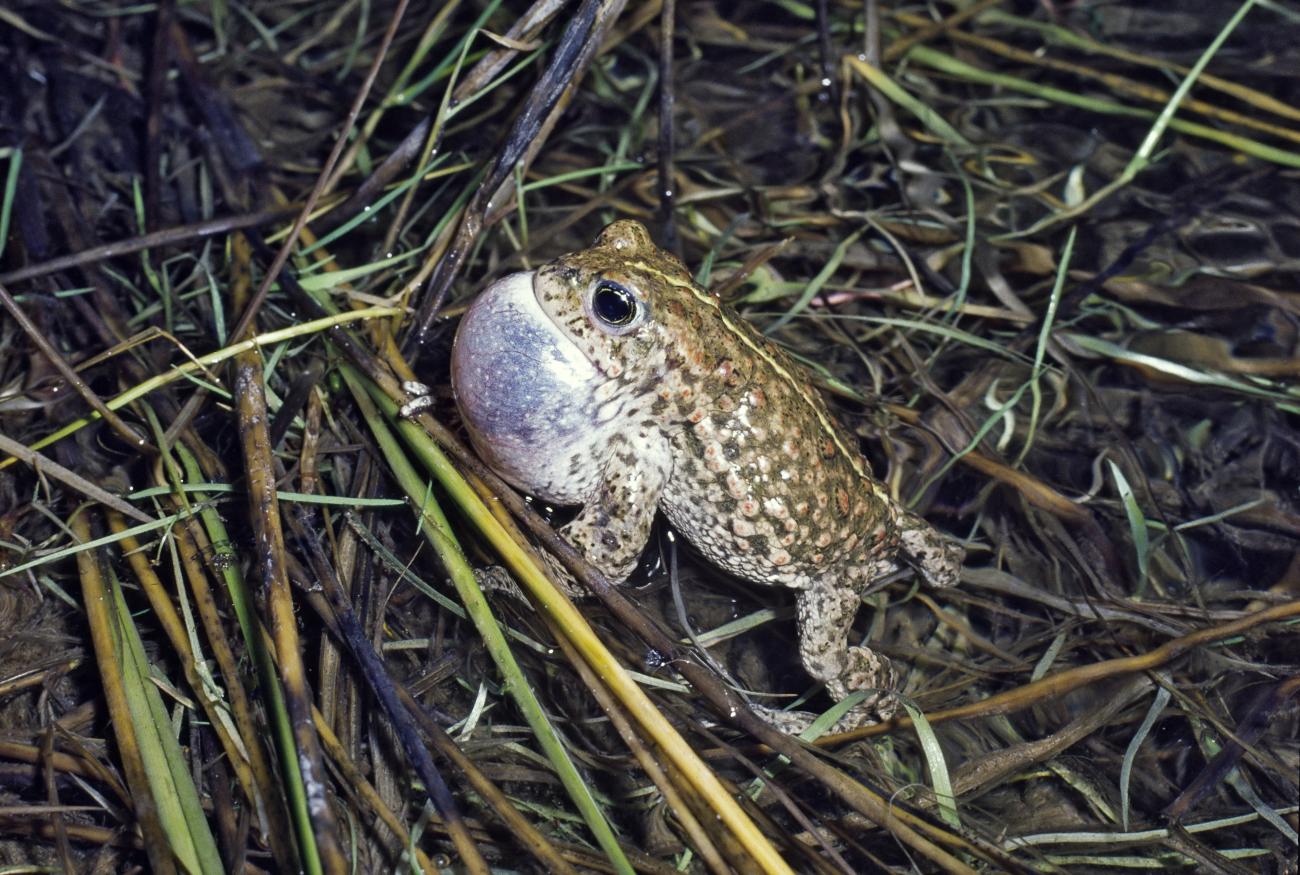
There are only two species of toad in the whole of the UK, and the Natterjack is one of them! It's one of the noisiest creatures out there, swelling its throat sac in a distinctive call.
It is said to be audible from several kilometers away, but there are large portions of the country where the toad cannot be heard at all.
This toad can mainly be found in some small regions of Lincolnshire and Norfolk. They have also been reintroduced in Hampshire and Surrey, though they're still considered to be endangered overall.
As an interesting tidbit, female natterjacks are able to lay up to seven and a half thousand eggs during breeding season - that's a lot of new toads!
Hedgehog

The hedgehog is utterly adored by everyone that sees it - small, round, and adorable, they're beloved. Sadly, there has been a harsh decline in the past seventy years.
In 1950, there were roughly thirty-six million hedgehogs in the UK, with there being just one million in 2013 - a tiny number.
The main reason that their numbers have changed so much is the fact that warmer winters have affected their hibernation patterns. This disruption has woken them too early when there isn't enough food to go around.
Environmental factors do have an impact on hedgehogs too, such as urban sprawl and increased traffic, but laws such as the wildlife and countryside act have helped to protect hedgehogs in this regard, to some small degree.
Red Squirrel

Red squirrels are another adorable species in the UK, with their bright coloration giving them away and making them the object of a number of different conservation efforts.
North American grey squirrels have pushed red squirrels out of a number of areas throughout the UK in recent years since they're larger and more aggressive.
There have been some encouraging signs in recent years, but grey squirrels are a little less susceptible to squirrel pox than their red cousins, which has led to their numbers still remaining on top.
Small Tortoiseshell Butterfly

This is a wonderfully pretty butterfly, one of the most aesthetically pleasing species in the UK. Far from a life of tormenting domestic cats, these butterflies find their ecological niche on hot, dry summer days, where they flit among different flowers happily.
This species was one of the most common species in the UK at one point, and now it's one of the most endangered species in the UK. In 2013, it was reported that the number had dropped by 77% over the previous ten years. Even compared to some of the most endangered species in the world, this is a steep drop-off.



